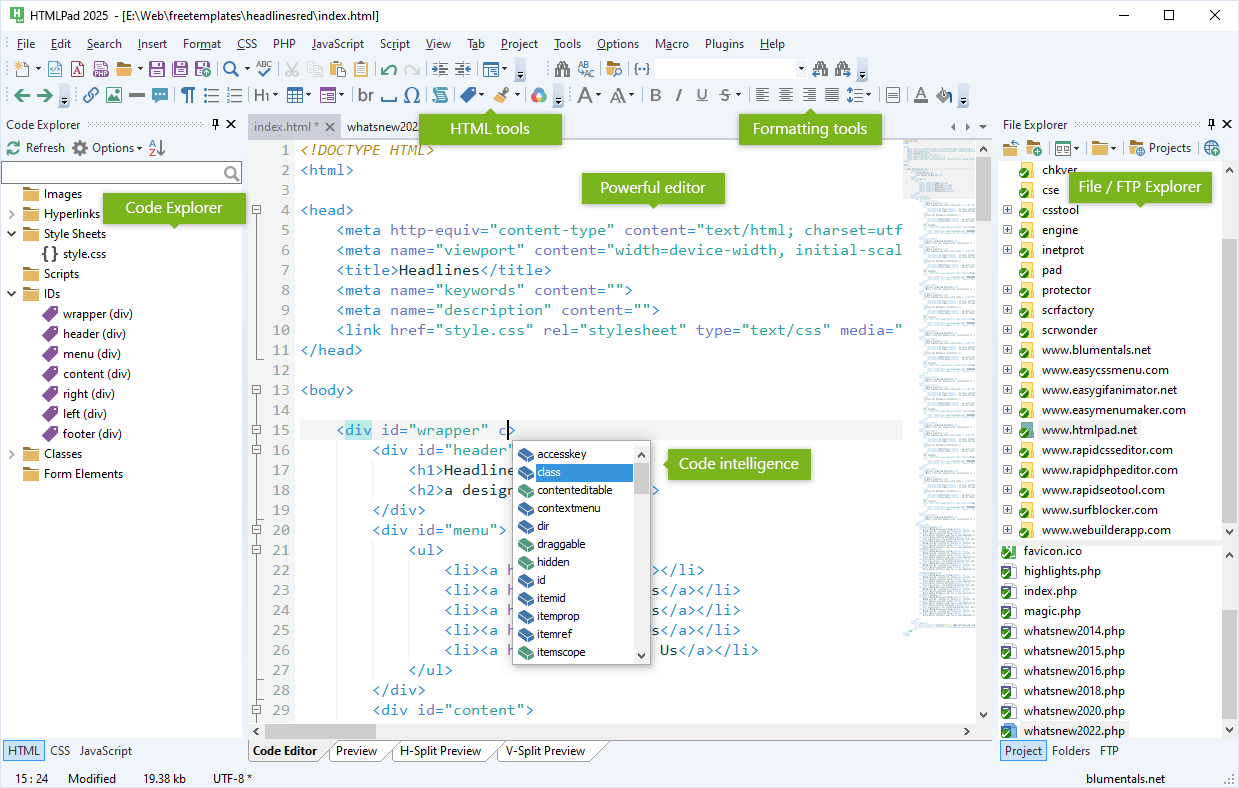
^, $ - Denotes the start and end of the line respectively. You may try the regex below: of the above regex: You can get through your requirement using a single regex alone. However, we should also check on the server-side before saving since users can still hack the browser side app to skip validation.Function ValidateActInsert() Actor name: Validation for passwords with special characters Some things we can check for including length, range, any pattern with regular expressions, and so on. We don’t have to use any libraries to do this. With HTML5 and JavaScript, we can check for all kinds of input values for validity. If any of those errors occurred, we unhide the corresponding message element in the HTML. Likewise, we check for rangeOverflow or rangeUnderflow for the age input since we specified the min and max lengths.

Inside each function, we first hide all the messages so that we don’t see the outdated ones and then check for tooShort or tooLong for the name input since we specified the min and max lengths.

#JAVASCRIPT AND HTMLVALIDATOR CODE#
In the code above, we set the oninput event handler to an event handler function to check for input validity whenever something is being entered. It checks for a less than or equal to the number of characters of text that the user entered.It’s also available on the textarea element. The maxlength attribute is available to the input with types text, search, url, tel, email, password. It checks for a greater than or equal to the number of characters of text that the user entered.The minlength attribute is available to the input with types text, search, url, tel, email, password. If it’s applied to an input element with the type range, number, then it checks for an integer.If it’s applied to an input element with the type datetime, datetime-local, time, then it checks for an integer number of seconds.If it’s applied to an input element with the type week, then it checks for an integer number of weeks.If it’s applied to an input element with the type month, then it checks for an integer number of months.If it’s applied to an input element with the type date, then it checks for an integer number of days.The step attribute checks if the input is an integer. It’s available to text, search, url, tel, email, password, date, datetime, datetime-local, month, week, time, number, checkbox, radio, file, and also on the and elements.The required attribute checks if the input value is entered by the user. For the datetime, datetime-local, time type inputs, both the date and time are checked to see if it’s less than or equal to the one given in the value of the min attribute.When it’s applied to the date, month, or week element, then it’ll check if the date is less than or equal to the one given in the value of this attribute.When it’s applied to a range or number input, it’ll check if the inputted number is the value of the min attribute or lower.It checks if something entered is less than or equal to what’s given in the value of this attribute. The max attribute is the opposite of the min attribute. For the datetime, datetime-local, time type inputs, both the date and time are checked to see if it’s greater than or equal to the one given in the value of the min attribute.When it’s applied to the date, month, or week element, then it’ll check if the date is greater than or equal to the one given in the value of this attribute.When it’s applied to a range or number input, it’ll check if the inputted number is the value of the min attribute or higher.This attribute applies to range, number, date, month, week, datetime, datetime-local, and time inputs. It lets us set a regular expression as the value and the browser will validate it against it.

The pattern attribute is available for input elements with type text, search, url, tel, email, and password.


 0 kommentar(er)
0 kommentar(er)
